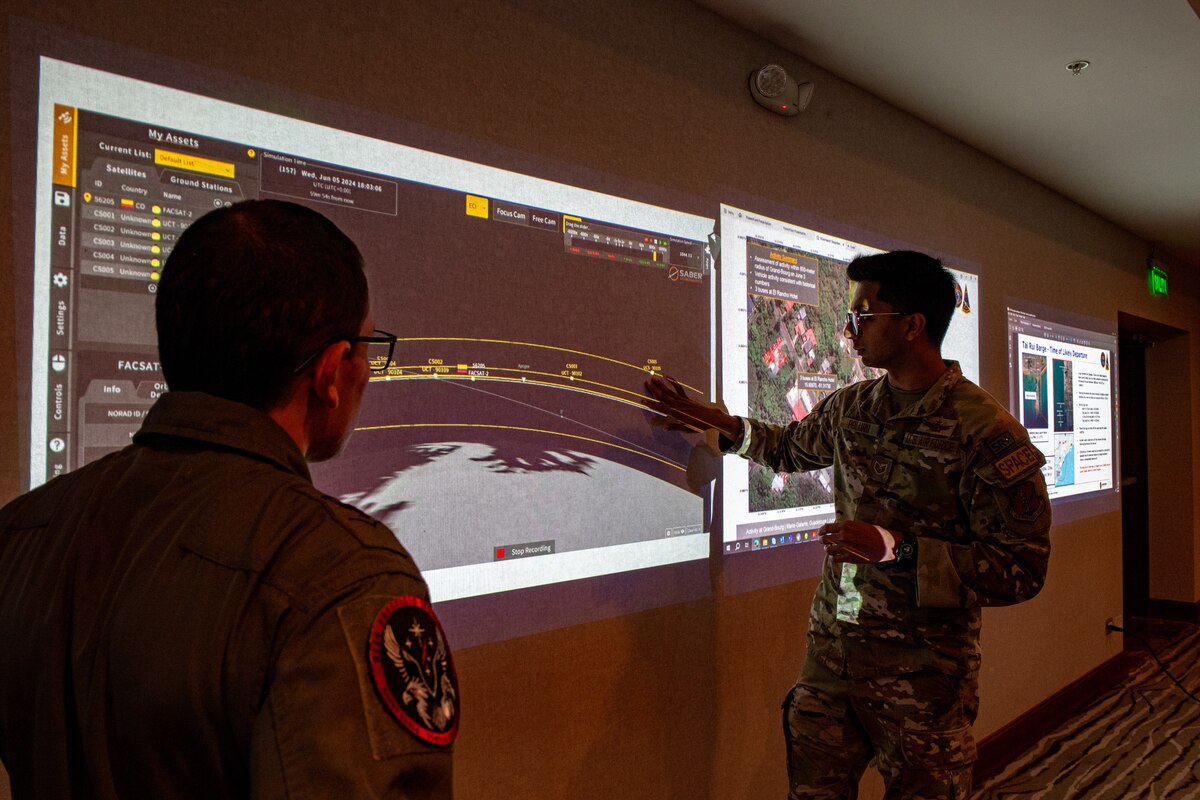Combatant Commanders Detail Range of Emerging Threats, Highlight Role of Partnerships in Maintaining Edge
Partnerships are key to defending against a rapidly evolving threat landscape and assuring the United States' advantage for the long term, senior Defense Department leaders said this week.
The commanders of U.S. Northern Command, U.S. Cyber Command, U.S. Space Command and U.S. Transportation Command detailed a complex range of threats posed by U.S. adversaries as a part of a panel discussion during the Air, Space & Cyber Conference hosted by the Air & Space Forces Association just outside of Washington.
"What we face today is a variety of threats in all domains, from multiple adversaries and from all avenues of approach," said Northcom commander Air Force Gen. Gregory M. Guillot.
That multifaceted threat environment, he said, has evolved significantly in recent years, and stands in stark contrast to one where Northcom was primarily concerned with air threats posed by the Soviet Union.
"And these threats can threaten us from much further away than even just a couple of years ago," Guillot added, noting the persistent and rapidly growing adversarial capabilities in the space and cyber domains.
Transcom Commander Air Force Gen. Jacqueline Van Ovost echoed Guillot's concerns, noting the urgent need, especially, to defend against cyber vulnerability.
"About 85% of what we do uses the commercial networks, the commercial industry," she said.
She added that China's growing military and economic coercion continues to pose significant risk to the U.S. and global logistics lines.
Cybercom Commander Air Force Gen. Timothy D. Haugh, also noted the persistent threat China poses in the cyber domain.
"We have now done extensive reporting at an unclassified level around what type of threat that [China] is to both our economy, to the department and to our critical infrastructure," he said, adding that such cyber risks threaten the foundation of the economy and U.S. security.
Spacecom Commander Space Force Gen. Stephen N. Whiting further highlighted the rapid development of counter space weapons, particularly by Russia and China.
Those threats, he said, include reversible, non-kinetic capabilities such as GPS jamming as well as kinetic threats such as anti-satellite weapons.
"All of that has moved breathtakingly fast," he said. "It's not a future possibility, it's the reality of the domain that we operate in. And now, we have to operate successfully in the face of that to achieve space superiority."
The leaders said partnerships across the department and with industry and foreign allies are key to maintaining the United States' warfighting edge in the face of these challenges.
"We think partnerships are absolutely vital, and it's part of our secret sauce that our competitors don't have," Whiting said. "We like to say in space, it's a team sport. No one country, command, service, agency, department or company can do all that needs to be done in space. So, we've got to work together, and that's what really makes us stronger."
Whiting's fellow combatant commanders share that same commitment to partnerships.
Van Ovost said she works around the clock with her colleagues to accomplish Transcom's mission.
The same holds true, Haugh said, when defending the cyber domain.
"It really comes down to partnerships," Haugh said. "And what we all talk about routinely is, how do we get unity of effort in our ability to secure our networks, but also to ensure that we have the ability to command and control. And we have to think about that globally."


